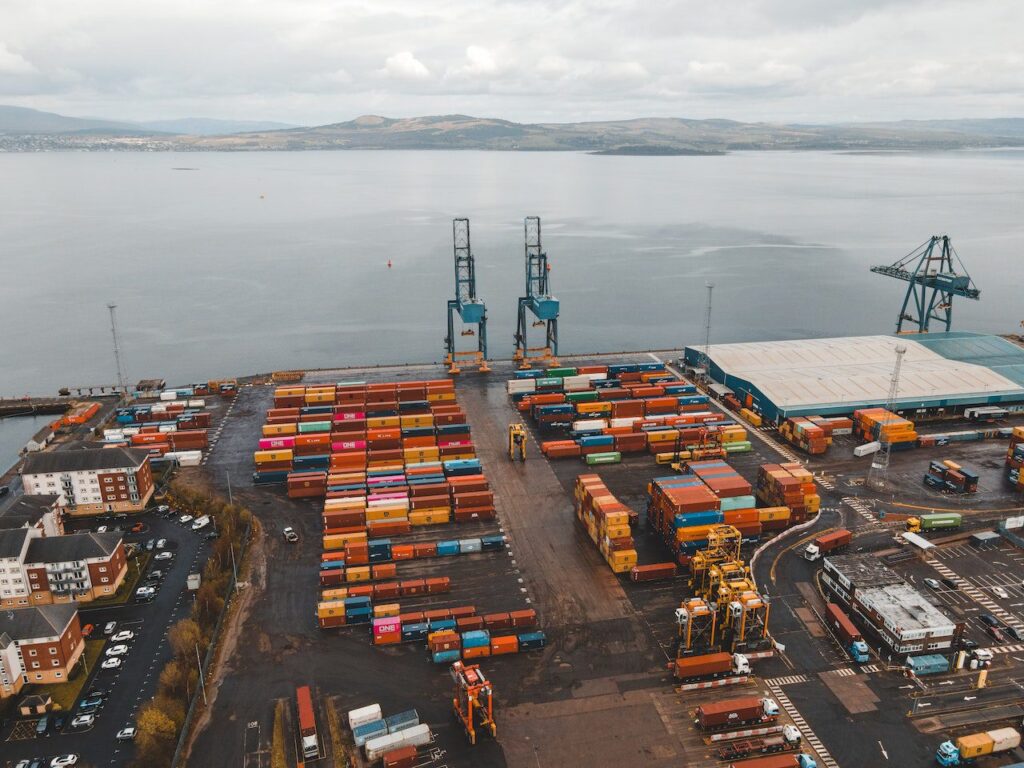
When exporting goods, there are different transportation options available. One of the most cost-effective methods is to use ocean freight export. Around 90% of global commerce depends on ocean freight export. In this article, we have shared everything you need about ocean freight export.
What Is Ocean Freight Export?
Ocean freight is a method of transporting goods over the sea. It is the most commonly used term for the cross-border export or import of goods over the ocean. The cargo is loaded into containers, which are then loaded onto vessels. Ocean freight export may not be the fastest mode of transportation, but it is reliable and cost-effective and is ideal for heavy or bulky items. It is also suitable for large quantities of goods.
Essential Documentation for Sea Freight
The documents needed for ocean freight export depend on several factors, including the local rules and regulations of the origin and destination port and the type of goods transported. Here are some of the most commonly required documentation for ocean freight export:
- Commercial invoice
- Packing list
- Certificate of Origin
- Bill of Lading
- Export declaration
- Proforma invoice
- Tax forms
Types of Ocean Freight Services
Shipping companies offer various services to meet their customers’ needs. Here are some of the most common ocean freight services:
Full Container Load (FCL)
FCL shipments refer to the exclusive use of the container. With FCL container shipping, it does not mean the container is packed to the maximum capacity, although that can be the case. Exclusive use means only cargo from a single party is in the container. This ensures the cargo remains undisturbed until the container is opened at the destination. However, in most cases, exporters want to maximize the cost-effectiveness of shipping by filling the container to its maximum capacity. FCL shipments offer more security and faster shipping compared to LCL shipments.
Less Than Container Load (LCL)
With LCL shipping, multiple exporters share the container, with each exporter paying for their space in the container. LCL shipment makes the most sense for smaller loads that must be more significant to fill an entire container. Generally, LCL shipment is less expensive than FCL shipment, but the drawback is that this type of ocean shipping can take longer to arrive, and there is a higher chance of mishandling.
Roll-on/Roll-off (RoRo)
Roll-on/roll-off is an ocean freight service for wheeled cargo such as vehicles, motorcycles, and railroad cars. The cargo is driven on and off the shipping vessel using a platform vehicle. RoRo is also a popular option for heavy machinery. The main advantage of using RoRo service is the efficient loading and unloading of the cargo.
Consolidation
Some freight forwarders also offer consolidation services, combining shipping goods from different shippers in the same container. Consolidation services allow small companies to benefit from bunk transportation rates.
Temperature Controlled Shipping
With this service, you transport goods in temperature-controlled containers. This type of service is most commonly required for pharmaceuticals, perishable food items, or other temperature-sensitive cargo. Temperature-controlled shipping is also referred to as reefer shipping.
How Does Ocean Freight Shipping Work?
There are several processes in ocean freight shipping. The first step is the agreement between the buyer and seller, where they decide on international commercial terms for the trade transaction. This includes details on when the transfer of ownership will occur, the cost of transportation, and other details. For example, if the incoterms are Ex Works, then the importer pays for the entire cost of transportation. All the significant agreement details should be added to the shipping contract.
Once all the terms have been decided, the goods are packed and labeled, and a freight booking is made. The booking includes details about the shipment, including the quantity, origin, weight, and destination. If it is not possible for the exporter to handle all the processes required for shipping, they hire the services of a freight forwarder.
The goods are loaded into containers according to customs regulations and safety compliance requirements. Generally, the goods must be cleared by the origin and destination countries for cross-border export cargo shipping. The required customs documentation needs to be submitted. The goods are loaded onto the vessel and transported to the destination port, where the containers are offloaded, go through export customs clearance, and delivered to the importer.
Factors That Determine Shipping Costs
- Fuel costs
- Shipment size
- Type of shipping vessel required
- Currency exchange rates
- Transit time
- Add-on services such as consolidation
Pros and Cons of Ocean Freight

Pros
- Cheaper: A significant advantage of ocean freight is that you can save money compared to other modes of transportation.
- Higher shipping capacity: You can ship large cargo volumes with ocean freight. You can also ship heavy or bulky items.
- Lower carbon footprint: With ocean freight, there are lower carbon emissions than air freight. While this was the case in the past, introducing more fuel-efficient engines has helped ocean shipping become more sustainable.
- Fewer restrictions: Depending on where you are shipping to and from, you have fewer restrictions on ocean freight. For example, you can send various flammable products in bulk over the ocean.
Cons
- Longer shipping times: Compared to air transport, ocean freight shipments take significantly longer.
- Vulnerable to delays: Ocean freight is vulnerable to port congestion, bad weather, and other conditions that can delay the shipment.
Choosing a Freight Forwarder
You can benefit from the expertise and experience of a freight forwarder, but it’s essential to choose wisely. Ideally, you want a freight forwarder with a successful track record and strong industry reputation. You also need to ensure they have the experience and expertise to manage all aspects of export freight shipping, including customs clearance. It also helps if the exporter uses the latest technology and offers transparent pricing.
To learn more about ocean freight forwarding or book our services, contact us at Dedola Global Logistics. We are proud to be a leading freight forwarding company, offering various services, including international shipping, ocean freight, air freight, importing, and other logistics services.

Contact Us


